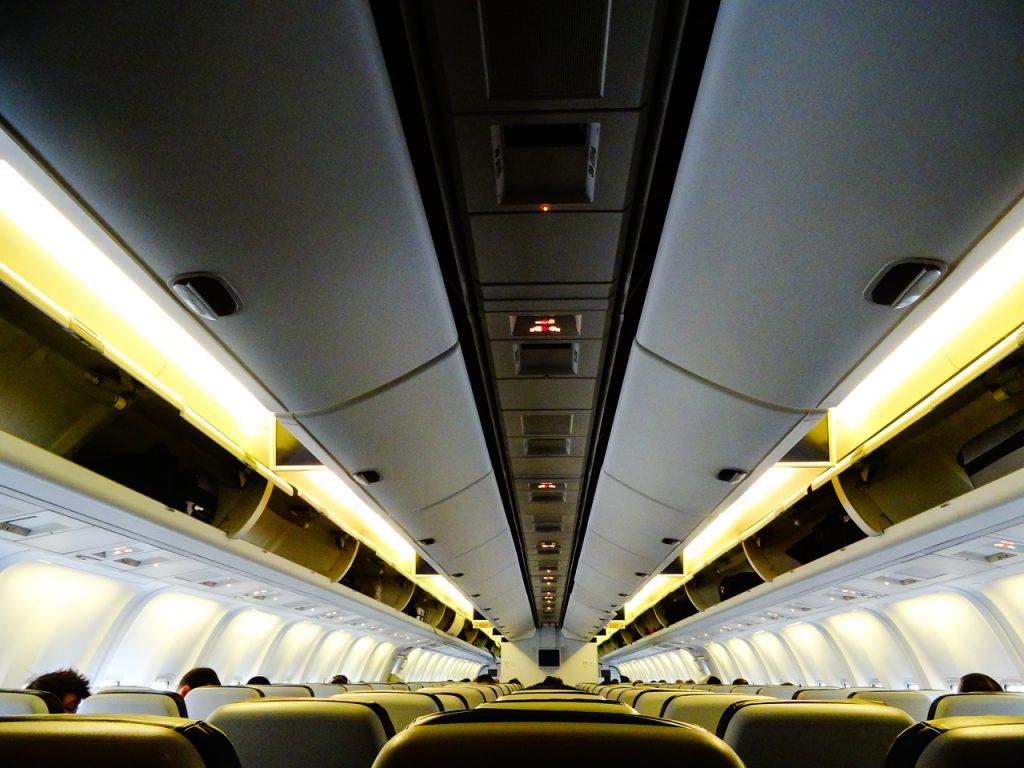Air travel is no longer a luxury way to travel; millions of passengers fly every day, with barely a thought of the fact they are thousands of feet in the air. Something that once amazed passengers is almost no different to hopping in the car.
In the 1980s, when the first “connectivity” was introduced onto aircraft, allowing the pilot to communicate directly with the cabin through radios, passengers were amazed. But with pilot and crew communication now the norm, passengers want more. Recent research showed that 55% of passengers viewed in-flight internet access as a crucial aspect of travel, and agree that improvements need to be made to current connectivity in the sky.
Continue reading below or watch our video to find out how connectivity can be improved in the air for passengers, cabin crew, flight crew, and day-to-day operations.
The importance of in-flight connectivity
The passenger experience:
The amazement of gazing out the window at clouds has long passed. Today, in this “always online” world, passengers expect to be connected to watch movies, browse the internet, and work as they would in the office or at home.
In most cases, business will not wait for your flight to land, markets will not pause, and neither will the competition. Those who work in organisations that require minute-by-minute management cannot afford to be unconnected for 1 – 24-hour flights. On the other hand, connectivity is not just for business, many passengers just want to relax and swipe through social media, stream TV shows, and communicate with their friends.
Cabin and Flight Crew:
For cabin and flight crew, the need to communicate with one another, as well as the ground-based staff, is crucial to the safety and smooth running of daily operations. In such a fast-paced, competitive industry, day to day operations are challenging enough for air staff, without the barrier of poor connectivity. Currently, geostationary satellites are used to provide connectivity to aircraft, but reliability, capacity, and reach are limited, with global coverage simply not possible.
Through reliable connectivity, cabin crew can access IoT solutions to further drive a positive passenger experience. IoT-enabled devices allow the crew to interact in real-time with aspects such as bookings, loyalty programme systems, concierge services, and even telemedicine. This gives airlines the chance to offer new levels of personalisation and sophistication for passengers.
Challenges of current in-flight connectivity
The main challenge of current in-flight connectivity is due to the lack of coverage offered by current solutions. GEO satellites have been a staple in offering flight connectivity over the last few decades, however as technology continues to progress, these traditional satellites cannot keep up.
On the ground, connectivity using GEO satellites is much easier (in regions that it offers coverage), however reliable, fast connectivity is difficult to offer in aircraft, especially over the Atlantic.
Low Earth Orbit satellites as a solution
LEO satellites offer a game-changing in-flight connectivity solution for aircraft operators around the world. LEO satellites can offer low latency, high-speed connectivity anywhere, providing full global coverage to the aviation industry.
By offering operators the capacity to connect their passengers, crew, and aircraft, LEO will enable airlines to deliver the best possible experience for passengers. This also opens the opportunity to retrieve critical data while in the air such as wind and weather updates, accessed through LEO’s low latency and fibre-like speeds of up to 195Mbps.
Want to learn more about LEO, don’t hesitate to get in touch.

